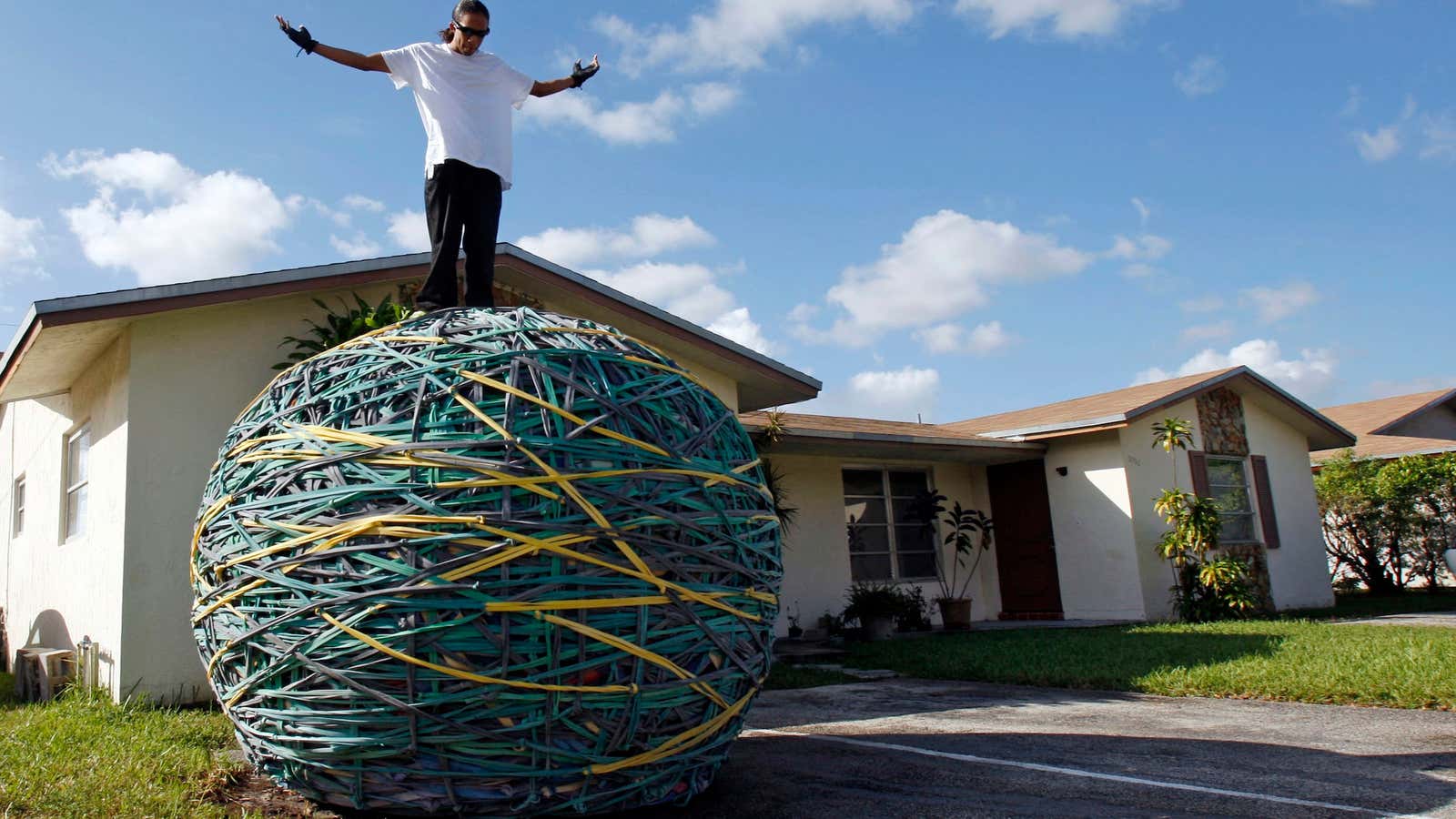Chinese commodities consumption is often weird. Quartz has reported how, last year, many individuals and companies purchased copper in order to have some so-called “collateral” to pledge to banks as security for loans. The trend was a huge driver in world copper demand.
The same is now happening with rubber, Reuters reports, with Chinese borrowers sending the rubber price up to a ten month high.
The Chinese buy commodities to use as loan backing for two reasons. First, they need to tick the “yes” box on loan forms that says “do you have collateral”. In the US, factory owners might pledge their freehold land in exchange for a loan. But the Chinese government officially owns all land and can seize it from leaseholders any time, which can make banks understandably reluctant to take it as collateral.
Second, Chinese borrowers hope the commodity will rise in value so they can sell it at the end of their loan term for a profit. That all depends on car sales, since the rubber is used in tires.
An important question, though, is why on earth Chinese banks are accepting rubber, a commodity that has a short shelf life, as loan security in the first place. According to Reuters, rubber can only be stored for around six months.
If China’s rubber-backed borrowers default on their loans, then banks will end up owning the rubber. And while bank managers could probably sell off any factory equipment—or even copper—seized from borrowers who failed to repay loans, if the rubber isn’t bought up by tire-makers before it deteriorates, it quickly loses its value. And what would the banks do with it then?
